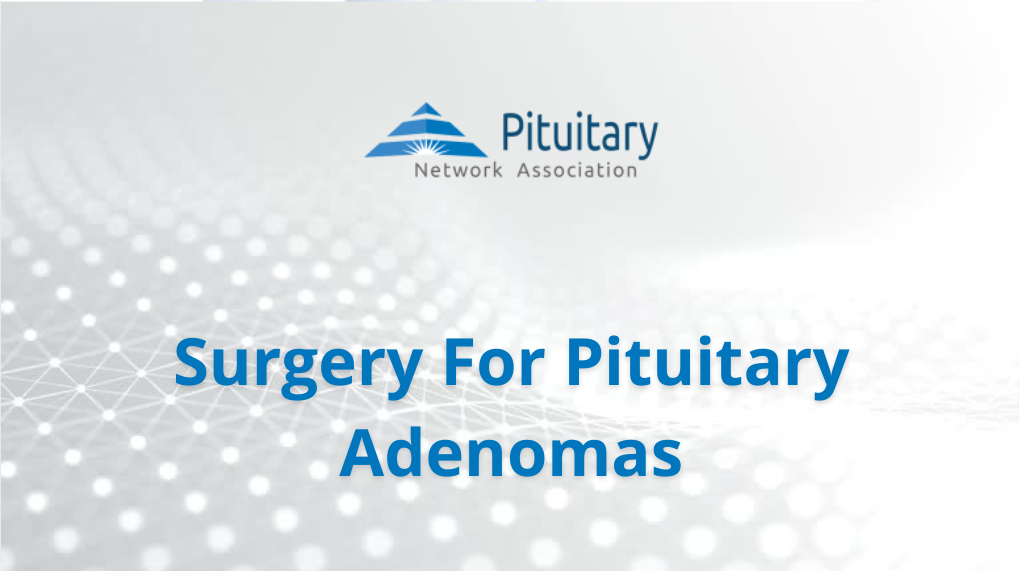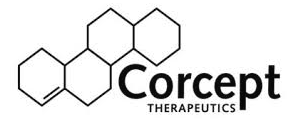Don’t Miss Our Exciting Upcoming Events!
Nominate for Gentle Giant Award!
Do you have a pituitary HCP who has made a profound difference in your care or your life? A real “Gentle Giant”. We want to hear about them! Help us recognize the amazing professionals who go above and beyond by nominating your favorite doctor. Your story can help shine a light on the heroes in our community and inspire others on their journey. Submit your nomination today—we can’t wait to celebrate them with you!
Discover Leading Professionals and Specialized Services in Healthcare
Search
Recent Webinar
Patient’s Corner
Introducing Patient’s Corner, a place for you, the patient, to share your stories. If you have a story you would like to share please contact us below.
Patient story:
Panhypopit patient in a bind as Humatrope is discontinued
Tara Cummins, a pituitary patient in Klamath Falls, Oregon, says she’s at her wits’ end because the medication she depends on, Humatrope, is being discontinued by pharmaceutical giant Eli Lilly. Humatrope is Lilly’s version of somatropin, used to keep people like Cummins alive. Cummins suffers from panhypopituitarism, which developed after pituitary failure soon after a hysterectomy done in 1992 to counter painful recurring ovarian cysts. She also experienced pituitary failure.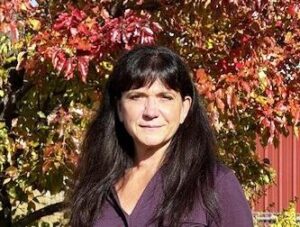
Cummins has no health insurance because she makes too much to qualify for Medicaid and cannot afford to buy insurance on the individual market. In addition, when she had insurance, it didn’t cover the medication she needed. She sued the insurance company, saying, “Policies are allowed to be changed and modified to under-cover conditions or medications or exclude treatment for certain conditions. Early on after my settlement with the insurance company (where I still maintained my policy) they changed the terms of the policy, leaving me with a choice of having insurance but not coverage (or adequate coverage) for the somatropin which left me with out-of-pocket expenses that almost no one would be able to afford. With no insurance, I could qualify for patient assistance directly through the manufacturer. The term used was being under insured; as if I had any option to be more insured.”
So, Cummins has been paying for doctor visits on her own and she relies on Eli Lilly’s patient assistance program for free access to her medication: 1 mg each night. At age 63, it’ll be a little more than a year before the retiree qualifies for Medicare. In the past, she took Pfizer’s version of the medication, Genatropin, but Pfizer discontinued its patient assistance program two years ago, and the medication costs between $5,800 and $16,000 a month if you don’t have insurance.
Cummins says she hopes to get one more shipment from Eli Lilly, which would last her about four months. She says she’s been told that her life expectancy without the medication is about two years.
Complicating matters, Novo Nordisk’s Norditropin Flexpro subcutaneous solution for injection, is on shortage as of September. On ashp.com, the shortage is attributed “to increased demand and manufacturing delays.” The site notes that Ferring has Zomacton available; that Genentech discontinued Nutropin AQ Nuspin presentations in December 2024; that Pfizer has Genotropin available (but discontinued the patient assistance program); and that Sandoz has Omnitrope available.
In addition, Cummins had her thyroid removed and relies on natural thyroid medication. However, the FDA announced in August that it wants animal-derived thyroid medications off the market because they are not FDA approved and “contain many compounds that are uncharacterized for safety and effectiveness.” The FDA estimates that “1.5 million patients received prescriptions for these medications from U.S. outpatient retail pharmacies in 2024.”
PNA Spotlight: Dr. Fredric B. Meyer
This month the PNA Spotlight focuses on Fredric B. Meyer, M.D., a consultant and professor of neurologic surgery and enterprise chair of the Department of Neurologic Surgery at Mayo Clinic in Rochester, Minnesota. He holds the Alfred Uihlein Family Professorship of Neurologic Surgery. He is also the Juanita Kious Waugh Executive Dean of Education of the Mayo Clinic College of Medicine and Science, and Dean of the Mayo Clinic Alix School of Medicine. He studied biology at the University of Pennsylvania, earned his MD at Boston University, and completed residency and fellowship in neurologic surgery at the Mayo Clinic School of Graduate Medical Education, which is part of Mayo Clinic College of Medicine. He was kind enough to answer questions from the PNA; his answers follow.
Tell me about your educational journey.
I went to college at University of Pennsylvania and then to medical school at Boston University. I completed seven years of neurological surgery training at Mayo Clinic along with several fellowships before staying on staff at Mayo. I trained with Dr. Edward Laws, who taught me much about skull base and pituitary surgery.
What inspired you to choose this career path?
I was inspired in medical school by a neurosurgeon there named Dr. Edward Spatz. What happens to most medical students is they get inspired by an individual or two, and that directs them into their professional career. In my case, it was Dr. Edward Spatz at Boston University. I was fortunate to get accepted to neurosurgery residency at Mayo Clinic and train under a cohort of inspirational and technically innovative neurosurgeons including Dr. Edward Laws, Dr. Thoralf Sundt, Dr. Patrick Kelly, Dr. Michael Ebersold, and Dr. Burton Onofrio. These neurosurgeons were inspirational. I have been a Mayo staff neurosurgeon for approximately 30 years and have performed close to 10,500 operations, including surgeries on over 2,500 pituitary tumors.

“I think that it is important to mention that Mayo’s motto is “the needs of our patients come first”. The investment of complex technologies to facilitate patient care is testimony to this vision.”
Get Involved
If you wish to donate, contact:
- P.O. Box 1958, Thousand Oaks, CA 91358
- Office: 805.499.9973
- Fax: 805.480.0633
- Email: [email protected]

Coming Events

Volunteer With Us
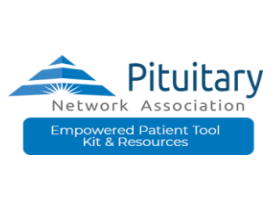
Pituitary Patient Toolkit
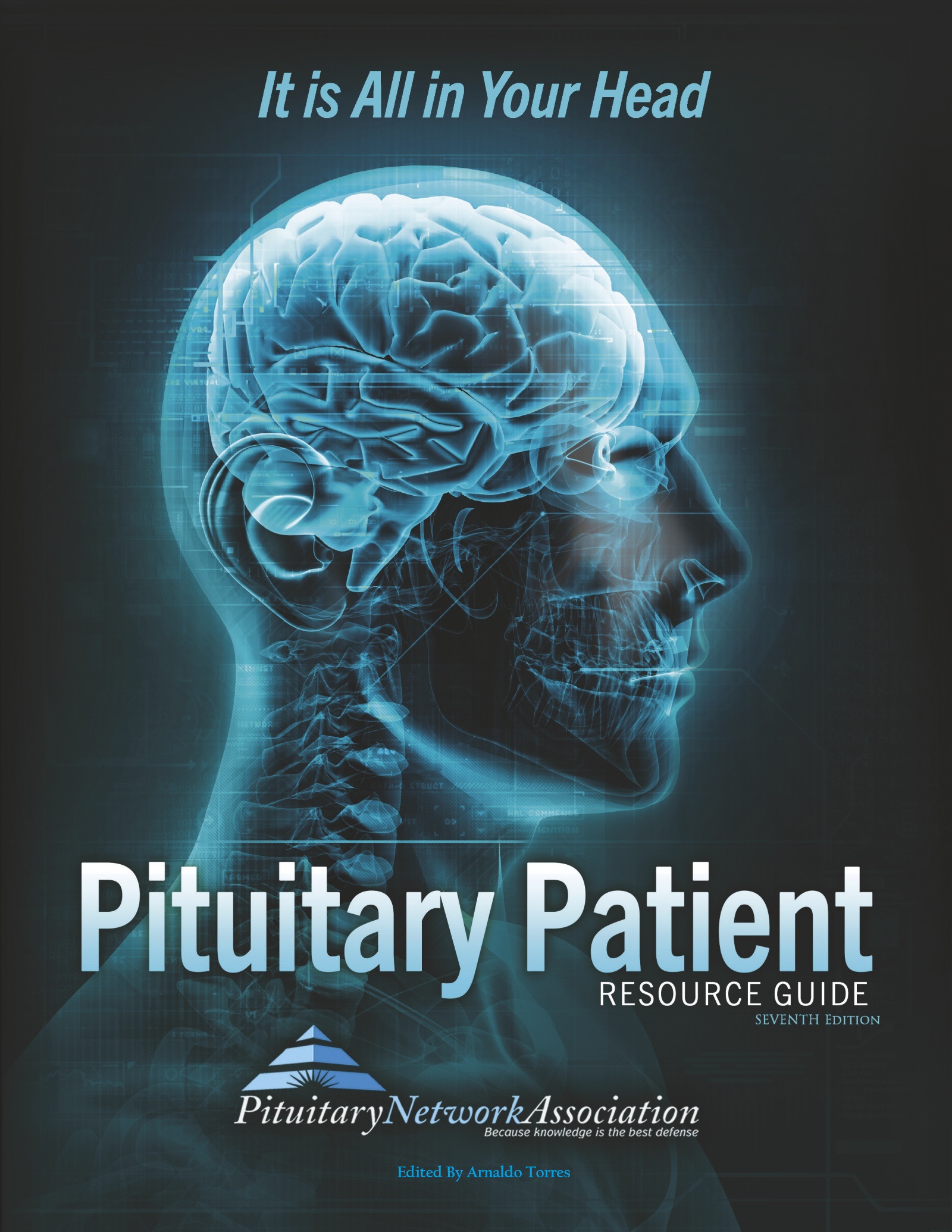
Seventh Edition - Now Available!
The Pituitary Patient Resource Guide Seventh Edition is now available! Be one of the first to have the most up-to-date information.
The Pituitary Patient Resource Guide a one of a kind publication intended as an invaluable source of information not only for patients but also their families, physicians, and all health care providers.
It contains information on symptoms, proper testing, how to get a diagnosis, and the treatment options that are available. It also includes Pituitary Network Association’s patient resource listings for expert medical care.
Latest News
Intestinal Polyps
Small growths in the bowel with the potential for further growth. Intestinal polyps may transform from a benign to a malignant state.
Intracranial
Within the skull. Intracranial Pressure is the pressure within the cranial cavity, influenced by brain mass, the circulatory system, cerebrospinal fluid dynamics, and skull rigidity. Increased...
Intramuscular
Into a muscle. Within or into muscle, such as injection into muscle (IM)
